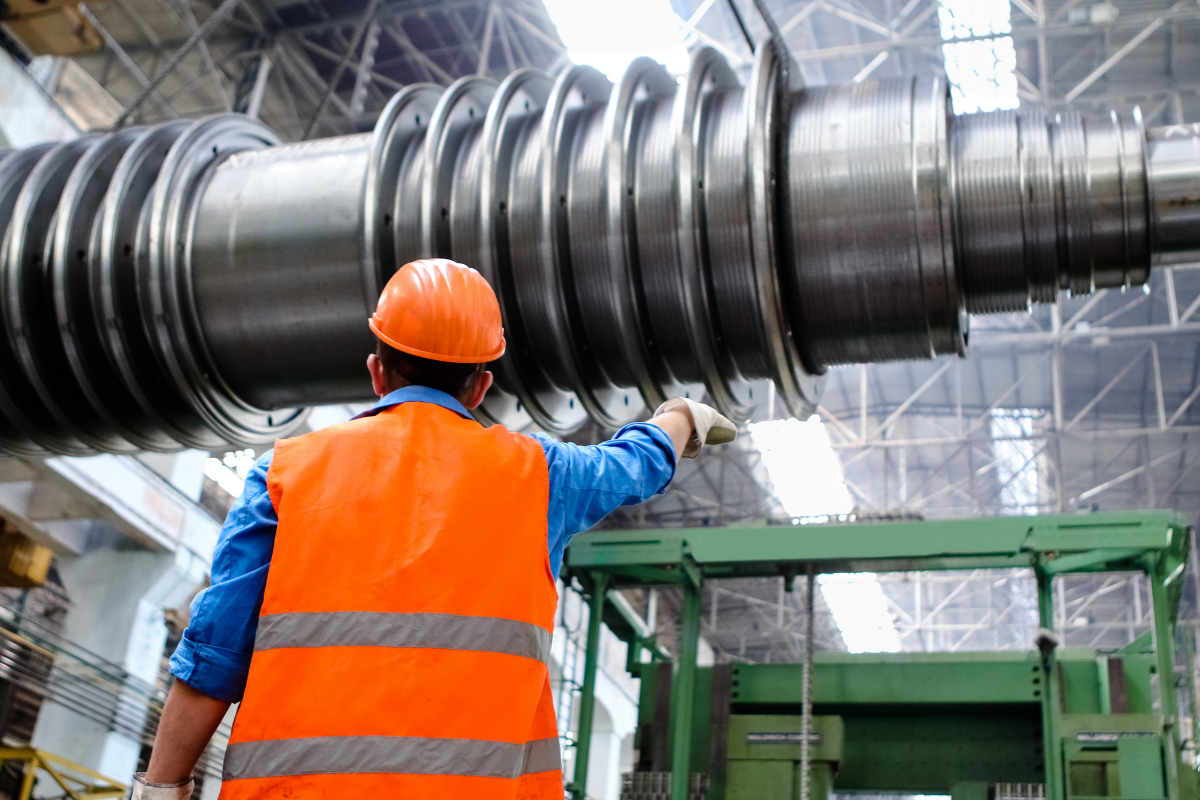What is the Best Way to Approach Deferred Maintenance?

The best way to approach deferred maintenance is through rigorous planning. Deferred maintenance includes repairs and inspections that are backlogged due to limited budget or resources and is one of the least desired types of maintenance. Deferred maintenance has a significant impact on the health and viability of a facility, especially financially. It is important to tackle it head-on before the costs of not performing maintenance (from things like fines resulting from missed inspections and unscheduled downtime that halts production) increase too high.
Let's take a look at an outline of a plan to decrease the amount of deferred maintenance that a facility must deal with.
Maintain Activity Logs
A particularly big problem with deferred maintenance is the lack of tracking. The amount of data accessible is small even though there are so many maintenance tasks precisely because these tasks are never tracked. In this case, it helps to invest in a CMMS or EAM software to get on top of data inputs such as maintenance hours, planning, and routine checklists.
Perform an Audit
Auditing deferred maintenance will help a facility understand the depth and breadth of its issues. For instance, an audit can check all of the issues that are causing safety problems for employees, as well as looking at where the most frequent failures are occurring. At an essential level, an audit should be a way of creating a priority list in maintenance - the audit will indicate which issues are most critical so that a task list can be created and run through in order.
Work Through the Backlog
At this point, you need to start working through the backlog of maintenance tasks. This part is tough, but it can be made easier by prioritizing maintenance tasks based on how much attention they need. Safety issues, for example, should be taken care of before small things like changing light bulbs.
Start Maintenance Planning
A shrinking backlog is a key period for maintenance planning. As the amount of deferred tasks decreases, a facility should be looking at why these tasks were deferred in the first place. Oftentimes, that's because the tasks were never planned and scheduled out. With a CMMS in hand, a facility can easily add new PMs, as well as potentially increase the frequency of existing PMs to make sure a backlog doesn't build up again.
Want to keep reading?
Will the amount of deferred maintenance increase or decrease in the future?
Maintenance Planning
What are some maintenance planning best practices?
4,000+ COMPANIES RELY ON ASSET OPERATIONS MANAGEMENT
Leading the Way to a Better Future for Maintenance and Reliability
Your asset and equipment data doesn't belong in a silo. UpKeep makes it simple to see where everything stands, all in one place. That means less guesswork and more time to focus on what matters.

![[Review Badge] Gartner Peer Insights (Dark)](https://www.datocms-assets.com/38028/1673900494-gartner-logo-dark.png?auto=compress&fm=webp&w=336)
